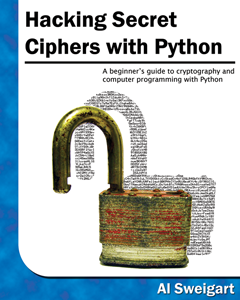Knowledge representation and processing with formal concept analysis by Sergei O. Kuznetsov and Jonas Poelmans. (Kuznetsov, S. O. and Poelmans, J. (2013), Knowledge representation and processing with formal concept analysis. WIREs Data Mining Knowl Discov, 3: 200–215. doi: 10.1002/widm.1088)
Abstract:
During the last three decades, formal concept analysis (FCA) became a well-known formalism in data analysis and knowledge discovery because of its usefulness in important domains of knowledge discovery in databases (KDD) such as ontology engineering, association rule mining, machine learning, as well as relation to other established theories for representing knowledge processing, like description logics, conceptual graphs, and rough sets. In early days, FCA was sometimes misconceived as a static crisp hardly scalable formalism for binary data tables. In this paper, we will try to show that FCA actually provides support for processing large dynamical complex (may be uncertain) data augmented with additional knowledge.
It isn’t entirely clear who the authors’ consider responsible for formal concept analysis being “…sometimes misconceived as a static crisp hardly scalable formalism for binary data tables.”
I suspect opinions differ on that point. 😉
Whatever your position on that issue, the paper is a handy review/survey of formal concept analysis (FCA) up to its present state.
Working through this paper and its many references will give you a lot of practice at analysis of concepts.
I should say good practice because many of the same questions will occur when you analyze subjects for representation in a topic map.
